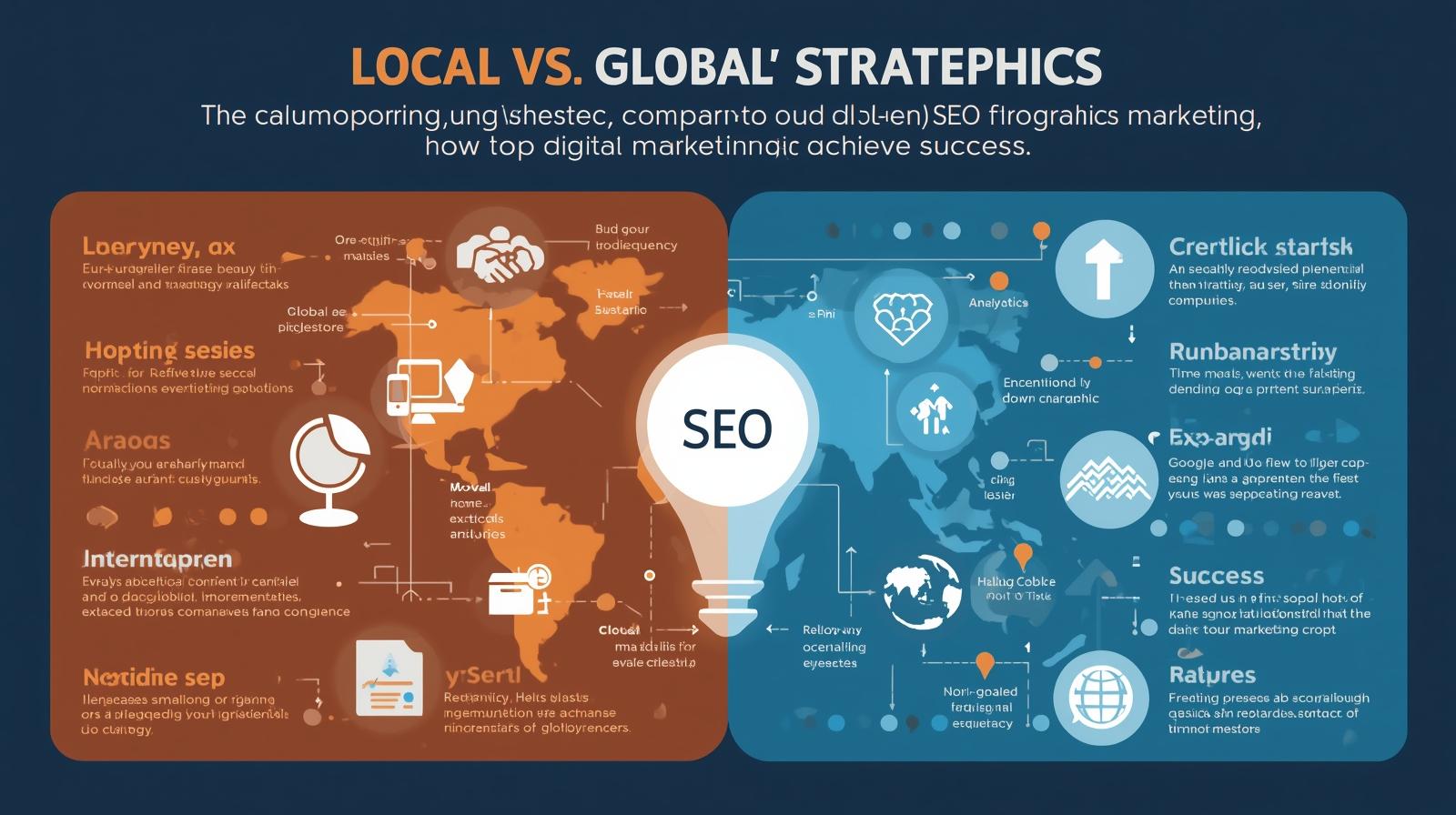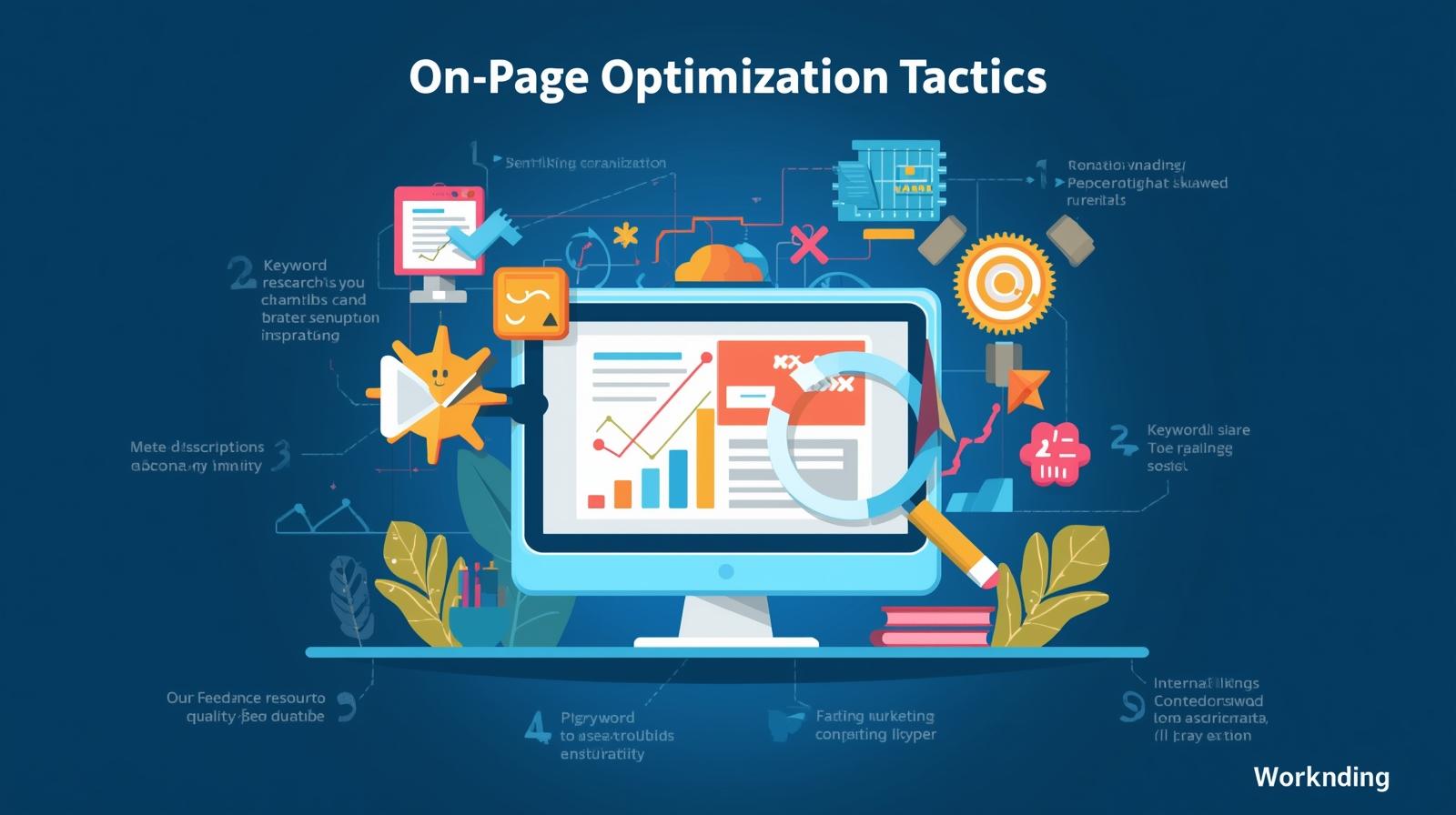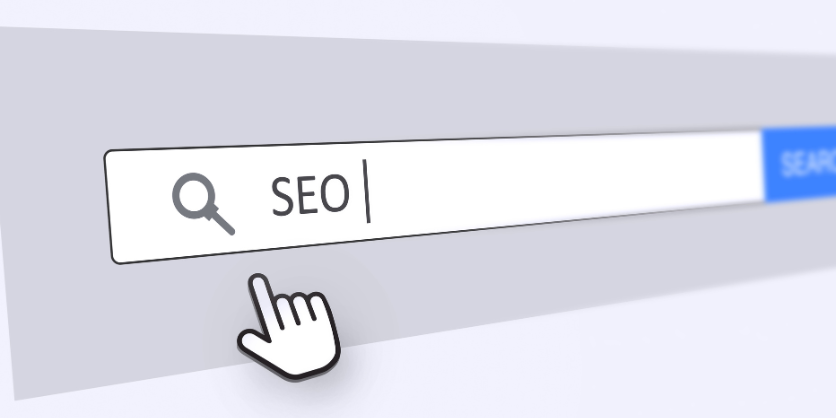February 07, 2022
Keyword density refers to the frequency of the keywords used in any of the related content. It helps in optimizing the content according to the keywords searches and improves the ranking of the webpage.
This post will explain in detail what is keyword density in SEO and how it can be applied correctly? And with this SEO optimization tool, you can alter the content, make it SEO friendly and overcome the loopholes related to the SEO strategy.
What is Keyword Density in SEO
- Keyword density in layman’s language is also known as the keyword frequency. It is used to describe the number of times a specific keyword appears on a webpage with respect to the total word count.
- The keyword density is described in the percentage or a ratio. The higher the value of the ratio/percentage, the more keywords will appear on the webpage.
What is Keyword Prominence
Keyword prominence is defined as the position or the location of the particular keyword in the HTML source code of a webpage. The keyword prominence is an essential SEO practice that tells Google about the content of the webpage. Applying the target keywords at the starting of the content communicates google around what the page should rank for.
What is Keyword Density Formula
The keyword density formula is based on the frequency of the keywords and the total number of keywords used.
["Keyword Density = Number of times the target keyword appears / Number of total words on a webpage"]
We will try to explain the formula of the Keyword Density with the below example:
Suppose the content published on a webpage is related to “Digital marketing”. Here, the page targets the keyword “Digital marketing” around 15 times in the total content of 1000 words. Then the keyword density is calculated as below:
Keyword Density = (15 /1000) * 100 = 1.5%
The ideal keyword density or the frequency of the keyword used lies between 1% to 2%.
This keyword density means that the target keyword appears almost twice per 100 words. With this, the keyword appears enough times to tell the search engines about the content.
What Should Be The Keyword Density in SEO
Keyword density matters in the ranking of the page. It works as the fundamental characteristic in the SEO of the webpage. When used ideally, it will help you to search for the relevant pages and boost the page visibility on the Search Engine Results Pages (SERP).
It all depends on the topic you are writing about. You need to apply the keyword once or twice to prevent the overuse of the keywords in the content.
Using the synonyms of the same keyword prevents the repetition of the same keyword several times in the content and appears unique. The readers also feel connected to the related data and help you to fetch enough audience traffic.
Some topics are ideal for lengthy content and require a lot of related keywords and synonyms. On the other hand, there are topics that suit best with the repetitive words and reduced content and higher repetition of the keywords.
We advise you to write it naturally instead of impressing the computer formulas and crawlers.
Read More: Importance of SEO-Friendly URL for Website
SEO Review Tools Keyword Density Checker
A keyword density checker is a tool that helps you to place the targeted keywords at regular intervals. It can also help you when you are:
- Doing the competitor keyword research
- Checking Over-optimization of the keywords
- Wanting to get a summary of the keyword utilization
There are many tools and websites with the help of which you can calculate the density of the keyword:
- Add Me Tool
- Word
- Submit Express
- Seo quake
- Yoast SEO
Avoiding Keyword Stuffing
You need to ensure that the keyword stuffing is bad. Using a keyword over and over again can damage your rankings in the long term. It also makes it harder for users to read your related content.
We advise you to prevent using keyword stuffing. But, you need to remember that each of the similar terms has its own impact on the ranking of the content. So, if you feel that the percentage for a particular term is too high, then try applying these words at the starting of the content.
How Does The Keyword Research Tool Work
The keyword research tool helps you find the keywords and the density of the keywords inserted in the content.
The following are the key points that help in making the content SEO friendly.
Monthly organic keyword: The keyword search volume help in knowing the targeted audience of the keywords.
Total organic search results: These results are based on Google search results and the traffic generated by these keywords.
Keyword difficulty score: It is an idea of how tough it is to rank the keyword present in the content.
It helps in calculating the average Cost Per Click (CPC), using the algorithm of Google Keyword Planner.
The searched keywords assist in observing the:
- Primary keyword suggestions: Keywords used for improving the rank of the content.
- Secondary keyword suggestions: These keywords add a bit more to the primary keywords to fetch out the precise related content.
Synonyms and related keywords: These are keywords related to the main or the focus keywords that you are targeting in your content and trying to rank for SERP.
Where To Insert Keywords
In addition to the overall keyword density, you need to ensure where these keywords are used. This also counts towards your total number of words present in the content on the web page.
The most common spots where you want to include your focus keywords within your webpage are:
Title
This is the most important spot for inserting focus keywords. It tells search engines as well as the users what your webpage is all about.
Meta Description
Meta Description is the significant spot for inserting the focus keywords. It is the place where keywords help the search engine to crawl the website and rank it on the basis of the keywords. Hence, including your focus keywords here plays a critical role.
Heading Tags
Ensure that you are applying at least one H1 or H2 tag in the content to use the desired focus keyword.
Body Content
Always prefer using it a few times, spread throughout the body of the content on your webpage.
To Wrap Up: Using Keyword Density in Your SEO Strategy
As we all know, Keyword density is the most influential integral part of a competitive SEO strategy. By keeping track of the keywords, you can insert them at the proper location and know how they are applied for impressive outcomes. You can rank more effectively in search engine results after using these keywords. This can in turn increase the organic traffic on your website.

Recent Posts
ARE YOU A LEADING SEO SERVICE PROVIDER?
Get listed in world's largest SEO directory today!
Directory listing counter is continuously increasing, be a part of it to gain the advantages, 10277 Companies are already listed.






























